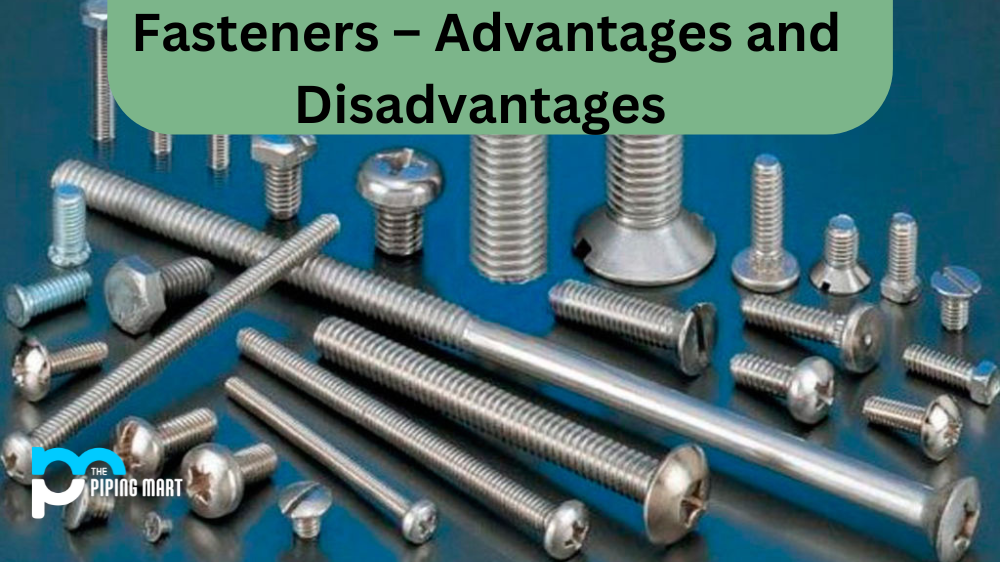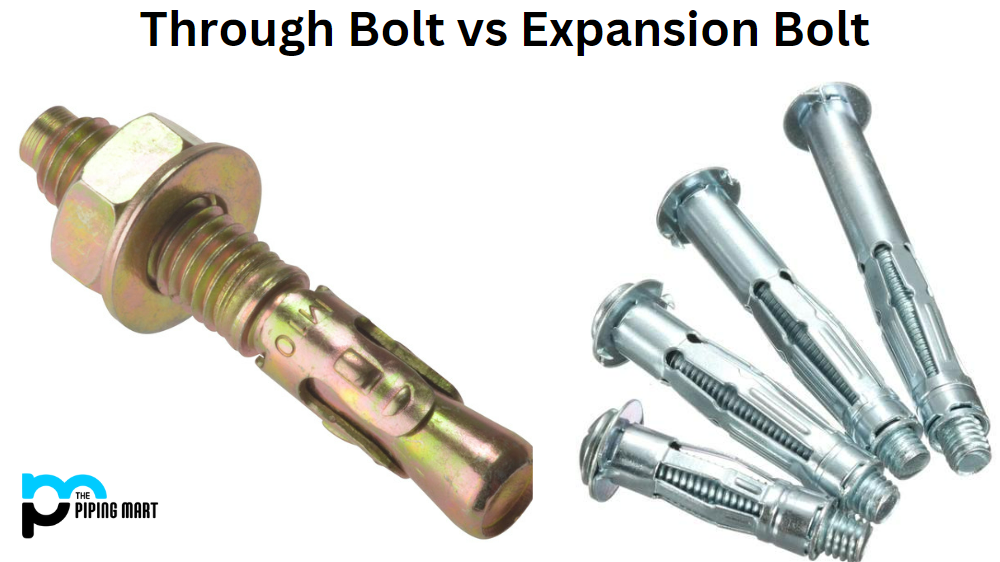When it comes to the construction industry, using the right fastening method is key to the structural integrity of a building. One such method that has gained popularity in recent years is the pressure bolt. In this blog post, we’ll discuss what a pressure bolt is, its applications, and its benefits. As an expert in the construction industry, I believe this information will be incredibly helpful to anyone looking to improve their fastening techniques.
What is Presssure Bolt?
A pressure bolt (also often referred to as a wedge anchor) is a fastener made of hardened steel and designed for use in concrete or masonry. It consists of an internally threaded expansion plug, which expands when tightened against the walls of a predrilled hole, helping to secure it in place. Pressure bolts are used in many applications, such as anchors for structural support, railings, shelves, fencing systems and machine assemblies. They offer excellent strength and durability in even the most demanding environments.
Understanding Pressure Bolt
A pressure bolt, or a blind bolt, is a specialized fastener designed for hollow materials such as masonry or metal. It consists of a cheese head or countersunk screw shank with a pre-installed tri-folded mandrel that expands through the material as the bolt is tightened. As the mandrel expands, it creates tension between the hollow material and the screw shank, ultimately securing the bolt in place. Pressure bolts have become popular due to their ease of installation and reliability.
Pressure Bolt Applications
One of the primary uses of pressure bolts is for installing anything that requires strong and secure mounting in a hollow substrate. These bolts can secure metal profiles, handrails, cable trays, and other concrete, brick, or hollow metal substrate fixtures. Pressure bolts can also be used in seismic environments, as their design allows them to withstand strong vibrations and movements.
Benefits of using Pressure Bolts
One of the key advantages of using pressure bolts is their versatility. They can be used in various applications and are compatible with various substrates. Additionally, pressure bolts are quick and easy to install. Unlike traditional fastening methods like anchors or epoxy, pressure bolts require no extensive preparation, can be installed from one side, and do not require any specialized tools.
Installation Guidelines
Proper installation is critical to ensuring the reliability and safety of pressure bolts. To install pressure bolts, begin by drilling a hole in the substrate slightly larger than the diameter of the mandrel. Thread the bolt into the substrate until resistance is encountered. Finish the installation using a wrench to tighten the bolt, which will cause the mandrel to expand and secure the bolt.
Conclusion:
In conclusion, pressure bolts are a fantastic option for DIY enthusiasts and professional builders looking to improve their fastening techniques. They offer many advantages, such as versatility, ease of installation, and reliable performance, while being compatible with a wide range of substrates. We hope this guide has been helpful and informative to you. Please contact us if you have any questions or comments on the topic.
Meet Heer, a dynamic and driven writer learning tricks of her trade in the metal industry. With a background in Digital Marketing, Heer brings a unique perspective to her writing, sharing valuable insights. Apart from blogging she like reading and hiking.




